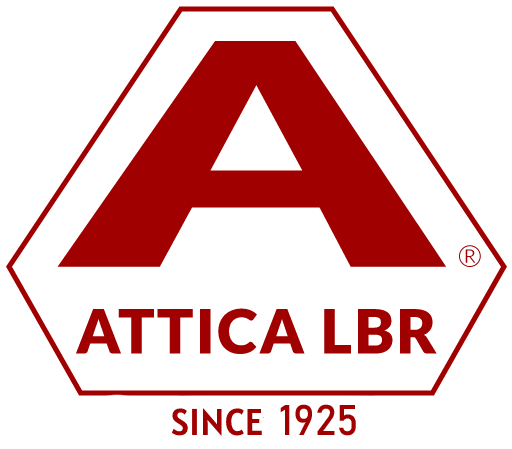Diagonal Bracing in Pole Barns: Wind Tips in 2023
By Jenny Moses
Table of Contents
Technique
Diagonal bracing is a common technique used in the construction of pole barns and other similar structures. It involves placing diagonal beams or boards between the vertical and horizontal poles to create a triangle shape. There are numerous benefits to using diagonal bracing in a pole barn. Firstly, it provides increased strength and stability to the structure, which can help to prevent damage or collapse in the event of extreme weather conditions or other external forces. This is especially important for areas that are prone to high winds or heavy snow loads.
In addition to providing increased strength, diagonal bracing can also help to reduce the amount of sway in the structure. When a pole barn sways excessively, it can be uncomfortable and even dangerous for occupants, especially if the building is used for storage or housing livestock. By reducing the sway, diagonal bracing can make the building more comfortable and safe for its occupants.
Finally, diagonal bracing can help to reduce the likelihood of the poles and beams warping or twisting over time. This is especially important for pole barns that are exposed to varying weather conditions, such as humidity and temperature fluctuations. If the poles and beams warp or twist, it can lead to costly repairs or replacement, making diagonal bracing a cost-effective preventative measure.
Installing
When installing diagonal bracing in a pole barn, it’s important to consider several factors to ensure that the bracing is effective and provides maximum stability. The first consideration is the type of material to use for the braces. Wood is a common and affordable choice for diagonal bracing, but it may not be the best option for larger pole barns or structures that will be exposed to extreme weather conditions. In these cases, metal braces may be a more appropriate choice due to their durability and strength. Another important factor to consider is the placement of the braces.
It’s crucial to ensure that the braces are installed in a crisscross pattern throughout the pole barn to provide maximum stability. This means that the braces should form triangles between the horizontal and vertical poles, with the braces crossing over each other to create a secure structure. Proper installation of diagonal bracing is also important. The braces should be secured tightly to the poles using appropriate fasteners, such as bolts or screws, to prevent movement or shifting.
It’s also important to ensure that the braces are installed at the correct angle to provide maximum support and stability. In addition, it’s important to consider the spacing of the braces. The spacing will depend on the size of the pole barn and the intended use of the structure. For smaller pole barns, braces may only need to be installed every few feet. However, for larger structures or those used for heavy equipment or storage, braces may need to be installed more frequently.
Fasteners
When constructing a building or other structure that requires diagonal braces, it’s essential to select appropriate materials and install the braces correctly. However, it’s also crucial to ensure that the braces are securely attached to the poles and beams they’re intended to reinforce. One common method of securing diagonal braces is to use bolts, screws, or other fasteners. The type and size of fastener needed will depend on the materials being used for the braces and the poles or beams they’re being attached to.
For example, if the braces are made of wood and are being attached to wooden poles or beams, wood screws or lag screws may be used. If the braces are made of metal and are being attached to metal poles or beams, bolts and nuts may be used. When installing fasteners to secure diagonal braces, it’s important to ensure that they are placed in the correct locations and tightened to the appropriate torque. If fasteners are too loose, they may not provide sufficient support, while fasteners that are too tight may damage the materials or compromise the strength of the structure.
In conclusion, diagonal bracing is a simple yet effective way to enhance the structural stability of pole barns. By installing braces at a diagonal angle between the poles and beams of the structure, it’s possible to prevent bending, twisting, and warping, while also providing increased strength and stability. Whether you’re building a small storage shed or a large agricultural building, incorporating diagonal bracing into your design can help to ensure the longevity and safety of your barn for years to come.
Diagonal Bracing Pole Barns https://www.garagejournal.com/forum/threads/pole-building-diagonal-braces.497596/
Diagonal Bracing Pole Barns https://talk.newagtalk.com/forums/thread-view.asp?tid=703645&DisplayType=nested&setCookie=1
